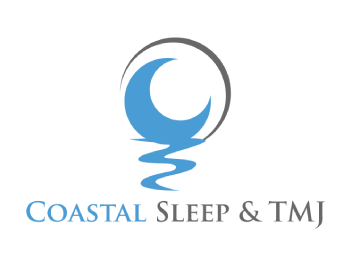Sleep apnea is a common sleep disorder that creates pauses in breathing or shallow breathing during sleep. If left untreated, sleep apnea can lead to serious health issues, including high blood pressure, heart disease, and stroke. While anyone can develop sleep apnea, certain risk factors increase the likelihood of this disorder. Luckily, there are certain things you can do to mitigate your risks.

What is Sleep Apnea?
Sleep apnea is a sleep disorder characterized by repetitive pauses in breathing or shallow breathing during sleep. These pauses, known as apneas, can occur multiple times per hour and disrupt the normal sleep cycle. This can lead to daytime fatigue, irritability, and other health problems.
Types of Sleep Apnea
There are three main types of sleep apnea:
Obstructive Sleep Apnea (OSA): This is the most common form of sleep apnea and occurs when the muscles in the throat relax and obstruct the airway during sleep.
Central Sleep Apnea (CSA): CSA occurs when the brain fails to send the proper signals to the muscles that control breathing during sleep.
Mixed Sleep Apnea: This type of sleep apnea is a combination of obstructive sleep apnea and central sleep apnea.
Risk Factors for Sleep Apnea
There are many different risk factors that you can have for sleep apnea. While these factors don’t guarantee that you will develop sleep apnea, they simply increase your chances of developing it.
Excess Weight
One of the most significant risk factors for sleep apnea is being overweight or obese. Excess weight can lead to the buildup of fatty tissue around the neck and throat. This can obstruct the airway during sleep and increase the risk of sleep apnea.
Age
Sleep apnea becomes more common as we age. In fact, adults over the age of 60 are at a higher risk. Changes in muscle tone and the structure of the upper airway that occur with age can contribute to the development of sleep apnea.
Gender
Men are more likely to develop sleep apnea than women. However, the risk for women increases after menopause. Hormonal changes, as well as differences in fat distribution and airway anatomy, may contribute to this gender disparity.
Family History
A family history of sleep apnea increases the likelihood of developing the disorder. Genetic factors may play a role in the structural characteristics of the airway and respiratory control mechanisms that contribute to sleep apnea.
Smoking and Alcohol Use
Smoking and alcohol use can increase the risk of sleep apnea by relaxing the muscles in the throat and impairing respiratory function. Furthermore, smoking also contributes to inflammation and swelling of the airway lining, further narrowing the airway and exacerbating sleep apnea symptoms.
Nasal Congestion
Nasal congestion caused by allergies, sinus infections, or structural abnormalities such as a deviated septum can obstruct airflow and contribute to sleep apnea. Addressing underlying nasal issues can help improve breathing during sleep and reduce the risk of sleep apnea.
